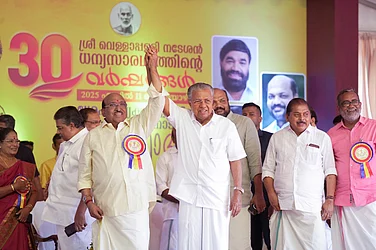
Water availability in Shimla has been augmented over the years, but still falls short of requirement.
Monsoon floods make water supplies unusable due to deforestation, large-scale construction.
Continuous rainfall, landslides and flooding in catchment areas makes a long-term solution hard to find.
When the scorching summer heat drives tourists from the northern plains to Shimla, the city’s taps often run dry. Rising temperatures during peak summertime deplete natural springs and rivers, crippling regular water supply. In winter, too, the hill town faces a crisis as low temperatures and snowfall freeze pipelines, disrupting water distribution: Shimla goes without water again.
Once upon a time, the monsoon rain would bring a splash of relief to Shimla’s parched residents. But now, even this season adds to the city’s water woes. There are torrential rains, deluges, cloudbursts, flashfloods and overcharged rivulets wreaking havoc all over Himachal Pradesh even today. From Mandi to Kinnaur and Kullu, news of their devastation is widespread. But amid the fury of water, Shimla is hit hard by an unexpected water crisis—there just isn’t enough to meet residents’ needs for the past ten days.
The Shimla Jal Prabandhan Nigam Limited (SJPNL)—a special purpose vehicle established to manage the town’s daily water supply—is completely helpless to meet the daily drinking water demand. The primary reason for the collapse of the supply is “high turbidity” of the water.
High turbidity water—or water that is cloudy due to sediments or algae and other organic matter—has choked all the pumps at Gumma, a British-era water supply scheme that contributes 22 MLD (million liters per day) of water, almost 50 per cent of the total water supply. The Giri (19 MLD) water scheme is severely impacted by floods which have broken down the main pipe. The other four schemes—Churot, Seog, Chairh and Koti-Brandi—are also disrupted.
Officials say heavy water discharge from the Nathpa Dam—an upstream hydropower project—had submerged and damaged submersible pumps. This has caused a major setback in maintaining the water supply lines.
On August 16, against a total availability of 45 MLD, the SJPNL received only 15 MLD of water for distribution within the city. The situation improved on August 17, a Sunday, though not for long. Continuous heavy rainfall flooded the water sources, leading to a breakdown in supplies. The supply line from Giri also broke down for the second time.
Gian Thakur of Nabha Colony in downtown Shimla said there wasn’t a drop of water in his home on August 17, the fifth consecutive day dry spell. Nearly two dozen localities other than Nabha, including Fagli, Chaura Maidan, Summerhill, Kaithu, Lower Kaithu and the surrounding colonies are without water supply even on alternate days as the SJPNL had earlier promised.
“The entire city is hit by the collapse of the water supply system—flooded sources, high turbidity and damaged pipelines have crippled the distribution network. Storage tanks are running dry, which is why maintaining the supply has become a challenge,” says SJPNL spokesperson Sahil Sharma.
Sharma said that water availability in Shimla has been vastly augmented over the years. The water pumping system at Gumma has been modernised. Monsoon rains and floods that result in high turbidity due to deforestation in the catchments, construction activities, road-widening projects and dam works are the primary causes for supply disruptions.
He maintains that top management teams are working around the clock, mobilising manpower and resources to restore the supply. There are setbacks due to the continuous rainfall, landslides and flooding in catchment areas. Yet, efforts are underway to stabilise the system and ensure that regular water supplies are gradually restored across the city.
A few other underlying factors are significant to Shimla’s fragile water system. First, it lacks a dedicated water storage system. Owing to its unique topography, the water supply is dependent on maintaining pressure across distribution tanks. But this network of tanks has stretched far as the city expanded, with multi-storey constructions mushrooming in every available space. This has made finding a long-term water security solution difficult, officials admit.
“There are a few climate-induced factors, such as [a new pattern of] heavy but short-lived rainfall. Moreover, a shift in the snowfall cycle, and sometimes no snowfall at all, and also a receding snowline have left its impact on traditional water recharge cycles,” admits Suresh Attri, a climate change specialist and Joint Member Secretary of the Himachal Pradesh Council for Science, Technology and Environment.
Shimla, which also served as the summer capital of India during the British era, was designed for a population of 20,000 people. Over the years, it has turned into a major hill station, since it is also the capital of Himachal Pradesh and a hub for education, tourism and urbanization. All this has come at the cost of its fragile hill ecology and high seismic vulnerability.
Once, Shimla’s water supply relied on natural springs and rivulets. Over time, schemes were developed and put into operation to augment the traditional water sources, but none could offer a lasting solution.
In summer 2018, the town faced its worst ever water crisis, making headlines in foreign newspapers like the New York Times and The Washington Post. There was not a drop of water for eight to ten days.
Meanwhile, reports from other parts of Himachal Pradesh also reveal a slowly unfurling crisis: around 6,000 water supply schemes have been damaged, partially damaged, or washed away in floods and monsoon-related disasters. This has not only deepened the drinking water crisis but caused massive financial losses, leaving the small state grappling with calamities and deaths.
The districts of Mandi, Kullu, Lahaul-Spiti and Kinnaur, apart from Shimla, are worst hit by the monsoon fury of incessant rainfall, landslides, cloudbursts and flash floods. It’s not just normal life that has been thrown out of gear but nature itself and, so far, a permanent solution is nowhere in sight.






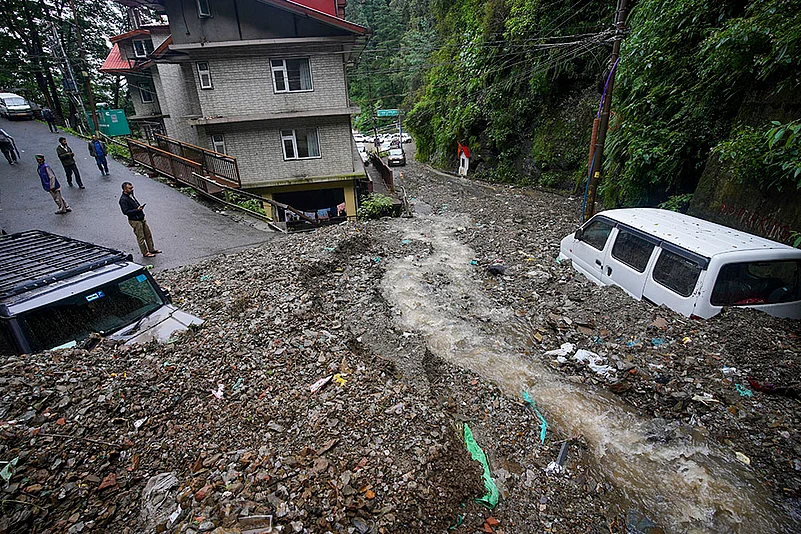
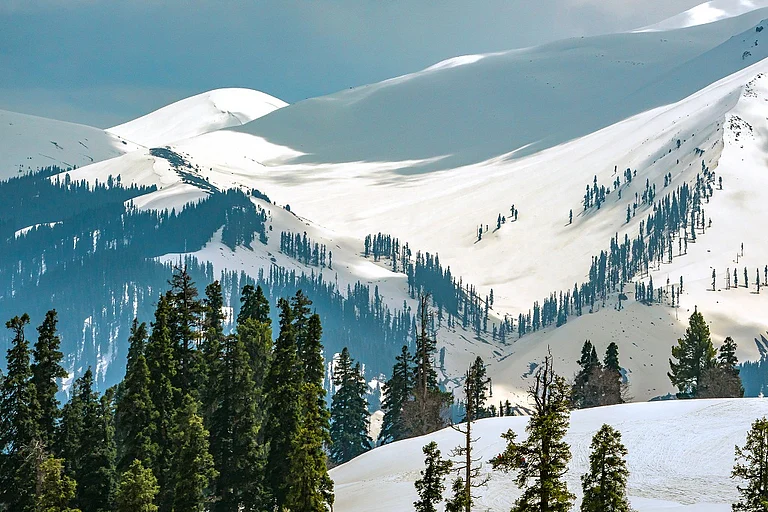
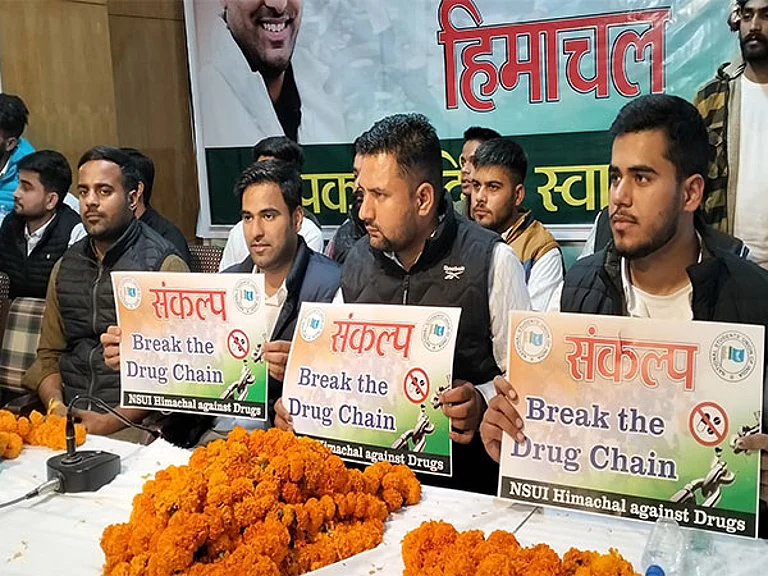
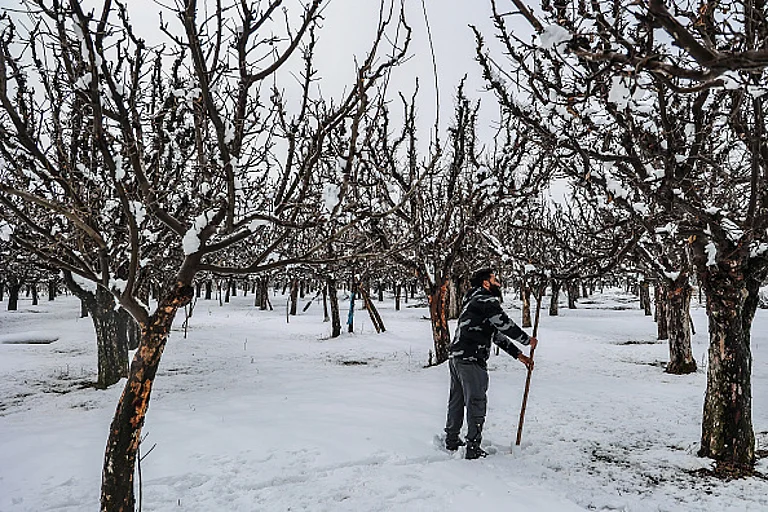
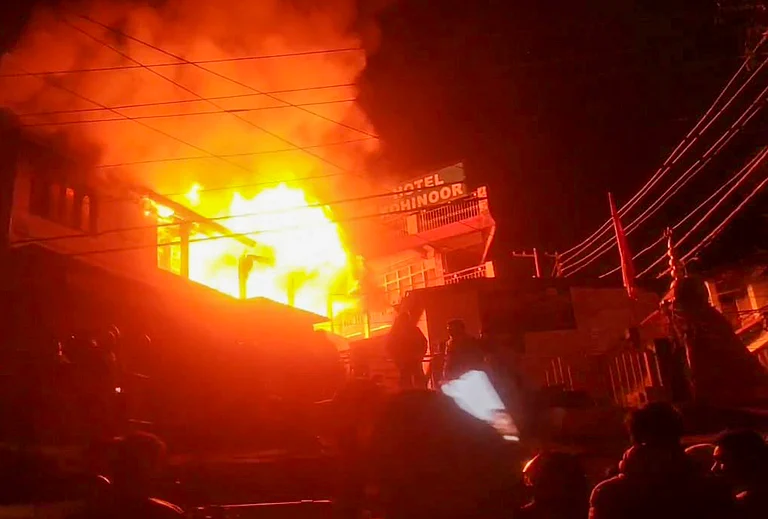
.jpg?auto=format%2Ccompress&fit=max&format=webp&w=768&dpr=1.0)



